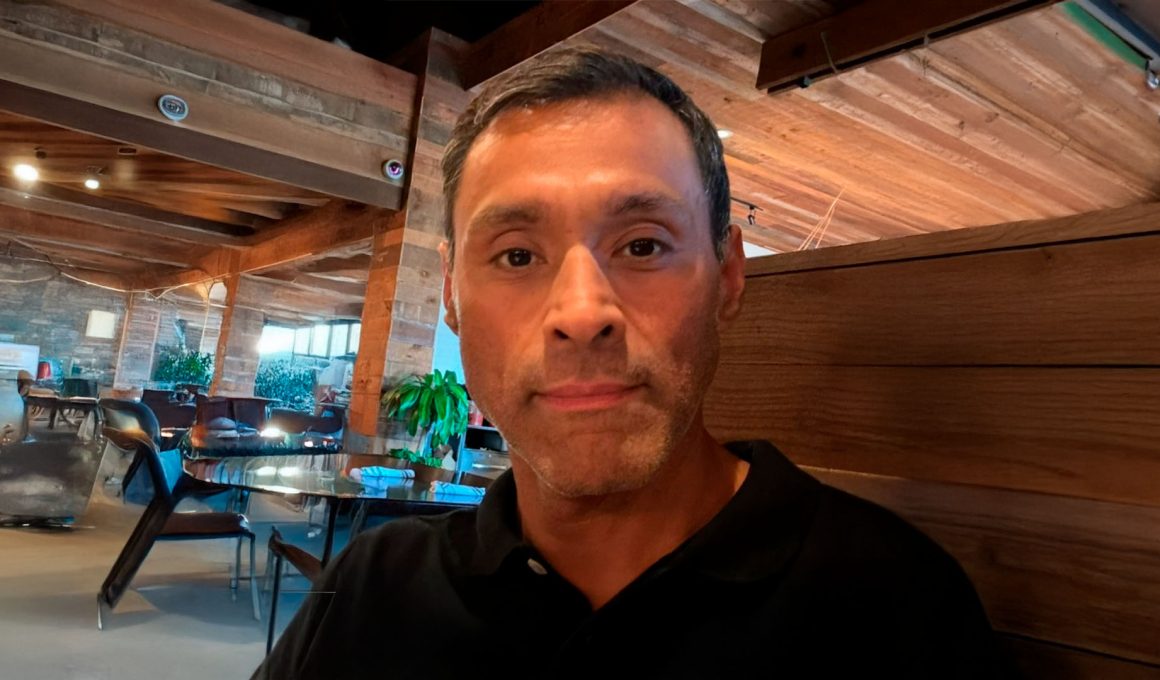Data compression technology has remained largely stagnant for the past 25 years, with traditional lossless methods achieving only modest 3-to-1 compression ratios. While industries worldwide grapple with critical bandwidth limitations and data constraints, one self-taught mathematician believes he has found the perfect solution to a trillion dollar problem. Anthony Ravenberg, founder of Sonic Boom KDP, has invented the Kinetic Data Primer (KDP) algorithm, which is being hailed as the world’s first 100% lossless quantum-resistant compression technology that could revolutionize everything from satellite communications to smartphone usage.
Solving the Global Compression Crisis
Ravenberg’s journey into data compression began with a simple observation about the limitations plaguing modern technology. “I am a self-taught mathematician, not classically trained, which has enabled me to cogitate thought experiments through a different lens” he explains. “We have all been shocked to learn through pain points that the science of data compression has not encountered a breakthrough in the last 25 years.” His frustration with existing solutions such as WeTransfer, WinZip, and Deflate drove him to seek a fundamentally different approach.
The scope of the problem extends far beyond individual inconvenience with large-scale data transfer. “There’s not one commercial space anywhere in the world that is not affected by the constraints of current data compression standards,” Ravenberg notes. “If there was any industry that’s due for a radical transformation or paradigm shift, it’s lossless data compression.” This realization led him to develop a new technology that he believes could address expensive friction points across multiple industries simultaneously with a single solution.
Shifting Away from Symbolic Methods
Traditional compression methods rely on what he describes as “symbolic compression,” using overly complex algorithms such as Huffman encoding and Lempel-Ziv. These approaches compress binary data symbolically, merely substituting repeated patterns in data sets with symbols. “Their one-dimensional idea of data compression is when they find, let’s say a group of five one-bits in a binary dataset, to simply substitute that group of bits with a symbol such as an ampersand or a dollar symbol, thus producing a small measure of length compression,” he explains.
Ravenberg’s approach takes a radically different path. “Sonic Boom KDP is the world’s first company to interpret all binary data streams of finite length as a simple binary number in its most elemental numerical mode,” he states. The KDP compression synthesis involves three deceptively simple steps: taking source binary data, converting it into decimals, and then creating an elegant and compact mathematical expression that perfectly equals the numerical sum of the binary source. This universal method allows users to “simply convert any data stream into a math expression, literally compact enough to where you can write it on a napkin with a pen that can perfectly represent large bandwidth-intensive media such as an entire 4K video in a 100% lossless manner.”
Transforming Industries Through Superior Compression
The practical applications span numerous industries, with satellite communications leading the charge. Maritime communication exemplifies the current limitations, where “the charges for data transmission are sometimes 20 to 30 times what it costs on land to make that same phone call or send the same data” due to notoriously narrow bandwidth constraints of satellite spectrum. Ravenberg believes his technology could “transcend the efficiency of every satellite network by magnitudes over the current state of the art.”
Wireless technology represents another major commercial opportunity. While developed countries push 5G speeds, others remain limited to 3G legacy networks. “Sonic Boom could allow already developed countries to transition seamlessly and instantaneously from 5G to around 7G overnight if they scaled their infrastructure to exploit KDP,” he suggests. This could level the global playing field and provide access to critical services such as telemedicine and education in underserved regions. Perhaps most remarkably, Ravenberg claims his technology could be scaled to flawlessly compress “up to nine hours of 100% lossless 4K video into a math expression that can fit within a 250-character text envelope.” This capability could enable doctors in remote regions to “send 50 gigabyte high resolution MRI images of a brain scan to save someone’s life in times of crisis.”
Committing to Long-Term Impact Over Speed
Ravenberg’s motivation goes beyond technical achievement. “My relentless passion is fueled by reading the success stories of noteworthy innovators,” he explains, pointing to companies such as Google whose origin story began with a seemingly impossible goal. “They had the lofty moonshot goal of making the world’s information available for free to everyone. And everybody did not think that they had the technical prowess to do it and look where they are today, Google is now a verb” The mathematician sees his work as part of a larger pattern of technological evolution. “All it takes to change the world is for people to recognize and understand a globally impactful concept such as climate change. 20 years ago nobody talked about that, but today it’s a catchphrase,” he notes. He believes that a revolution in compression technology deserves similar attention and could have equally transformative effects over every modality of human communication. His company was awarded the world’s first patent on non-symbolic lossless data compression using math expressions, which provides a legal measure of intellectual property protection for their innovative approach.
Rather than rushing to merely monetize his invention, Ravenberg focuses on building something truly lasting that can benefit the entire world. “We’re working to establish a new state of the art that is immutable for all time and to create a universal data compression standard that will never be mathematically overcome through any means even in the quantum realm of the future.”
Connect with Anthony Ravenberg on LinkedIn to explore the future of truly lossless compression without limits.








